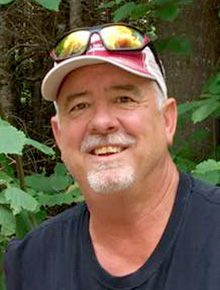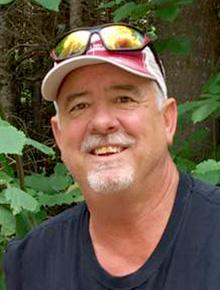
I was kidding my girlfriend, Cindy Scott, about how excited she would be when the new puppy shows up at our house on or about the 20th of July. She has never house-trained a dog before, and I was really piling it on when I said how much fun it would be.
House training a puppy is not all that hard, but for some dog owners it is just a miserable task. If this is difficult for you, then all I have to say is that you are probably doing it wrong. House training can normally be completed in three to four weeks. I get calls regularly about problems folks have with this most basic training issue.
Puppies can normally hold it (wait to be let out or have an accident) for about the same number of hours that they are months old. This means a 2-month-old puppy can usually wait about two hours between potty breaks.
The key to success is one of proper accommodations. When house-training a puppy, that animal is either in your lap or under constant adult supervision all the times.
If you cannot attend to this dog for a certain period, then it needs to be kenneled up. Kennel size is critical.
They never want to “go” where they sleep. If they are in a large crate and can relieve themselves on one end of the crate and then go nap on the other end, the kennel is too big. I have many plastic kennels of different sizes. I start with a very small one that a cat could fit in. As the dog grows, it can be moved to a larger one.
Every time the puppy is taken out of the kennel, the first thing they do is go outside. If they do their job then they get lots of love and then some lap time. If you go outside and they don’t do their business, no matter how badly you want to hold them, when you come indoors they immediately go back in the crate.
They get rewarded with extra attention for successfully doing their business outside. They will learn that free time is a reward for doing a good job outside. If the puppy was out just 10 minutes earlier, successful or not, and then is removed from the crate, they go outside again. If that is 5 minutes or an hour, the first trip is outside, and this means carried outside.
If you set them on the floor and expect them to walk outside, you will get a puppy puddle before they even reach the door.
Leaving a puppy in a laundry room hardly ever works. The room is large enough to “go” at one end of the room and then sleep on the other end. Never mash their face in it or severely admonish them for mistakes. Patience is key. A firm low tone “no” and then a trip outside is all that is required.
If your puppy has never had an accident in the house, even if three weeks has passed, the puppy is most likely not house-trained. Only after they have had an accident and then learned this is not acceptable, and then shown what is acceptable, will the concept be fully ingrained. Repetition works. The best I ever did was three accidents in the house before the puppy had the complete understanding. I have owned and trained 15 personal dogs over the past 25 years.
I keep the right size kennel at the house, in my office and in the truck. Toting around a kennel with a puppy in it every time you move about is a real pain in the neck. Sell off the sizes you don’t need after you are done with them. I, on the other hand, have three kennels of each of three sizes. It takes up room in the shed, but I am nowhere near being done with puppies in my life. I am old, but not that old.
I usually keep my new arrivals on the linoleum in my house for the first few weeks. If there is an accident, it is far easier to clean up. Be very sure to deodorize the spot if an accident happens. You don’t want the smell of urine on the living room carpet to be considered potty home base by a young puppy.
If you have more training questions, you can reach out to me at scottarall@gmail.com. My new puppy’s name is Ghost. Just like house-training, puppy breath, the only dog breath that ever smelled good, only lasts for about a month. House-training only lasts a short time too. I can’t wait to start.
Scott Rall, Worthington, is a habitat conservationist, avid hunting and fishing enthusiast and is president of Nobles County Pheasants Forever. He can be reached at scottarall@gmail.com. or on Twitter @habitat champion.



